
Peoples and Languages
Social Media
Leave comments, suggestions, keep an eye on news in our groups on VK, Odnoklassniki and Telegram channel


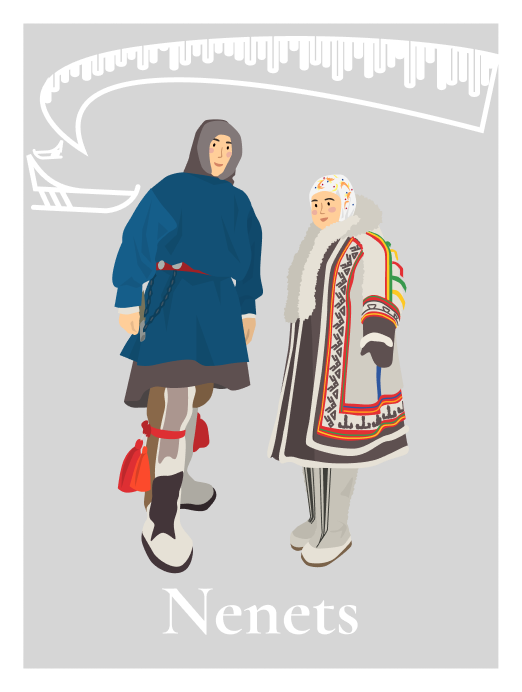
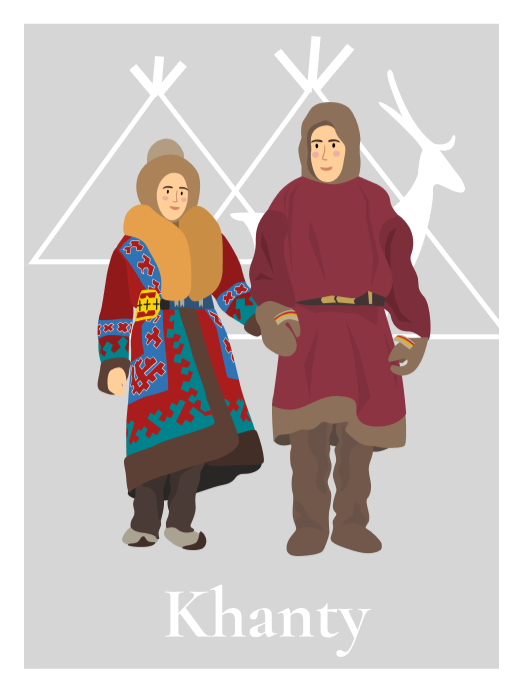


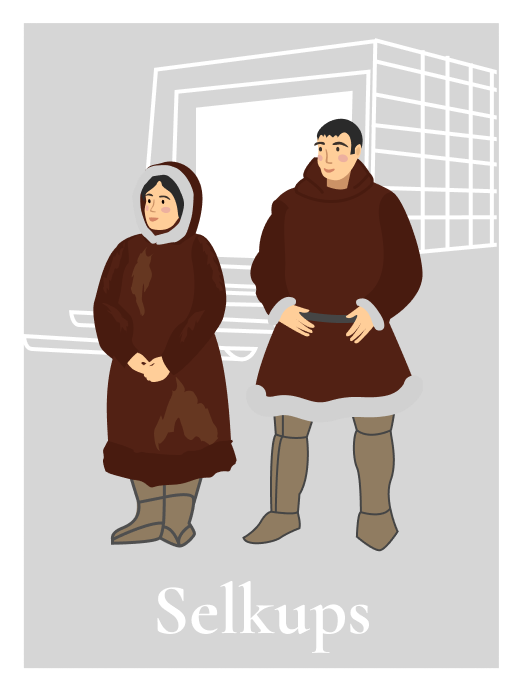
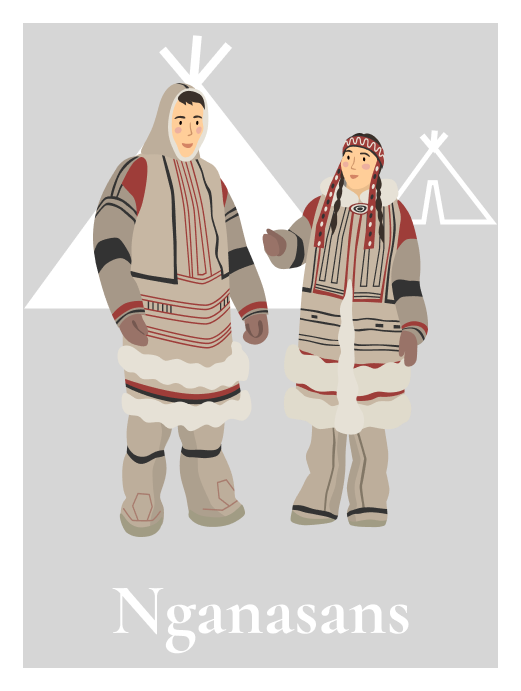
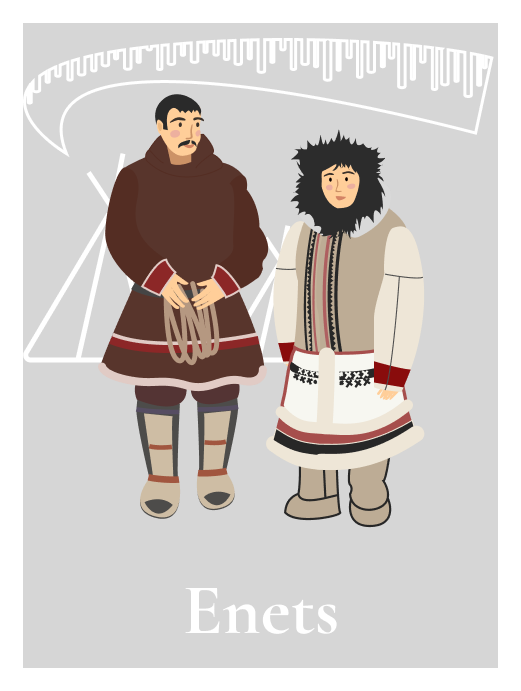
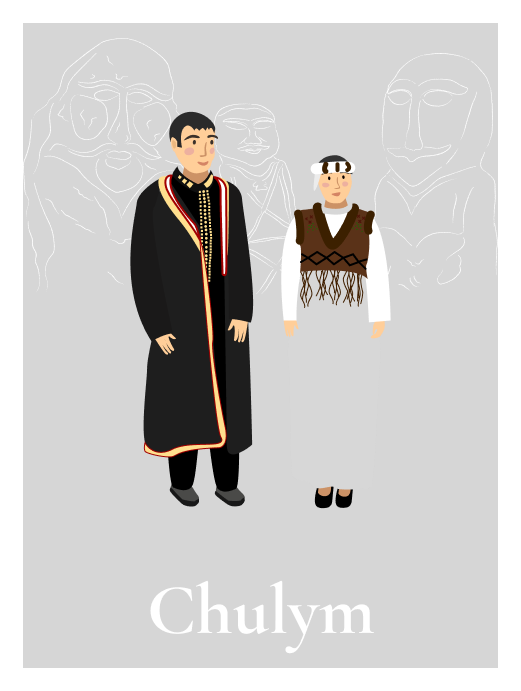
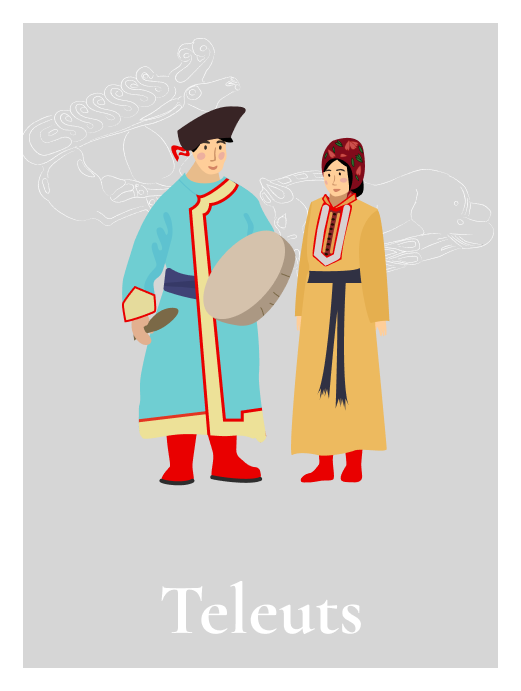


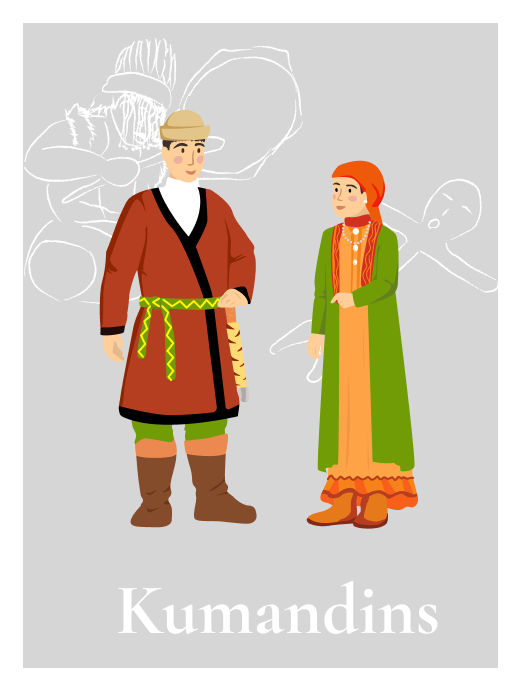

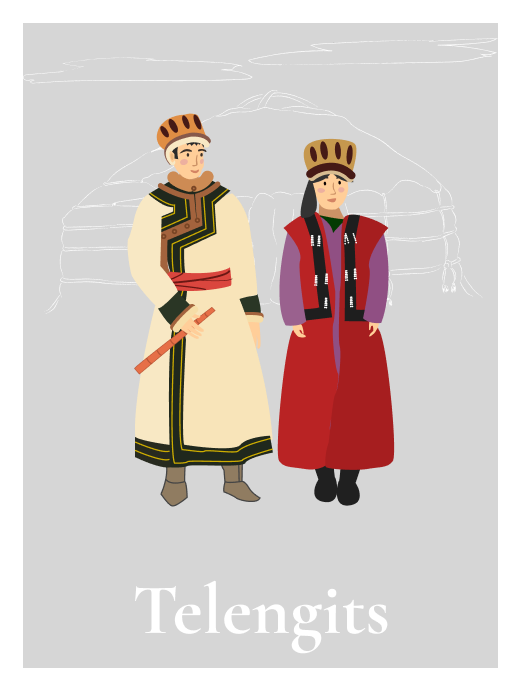

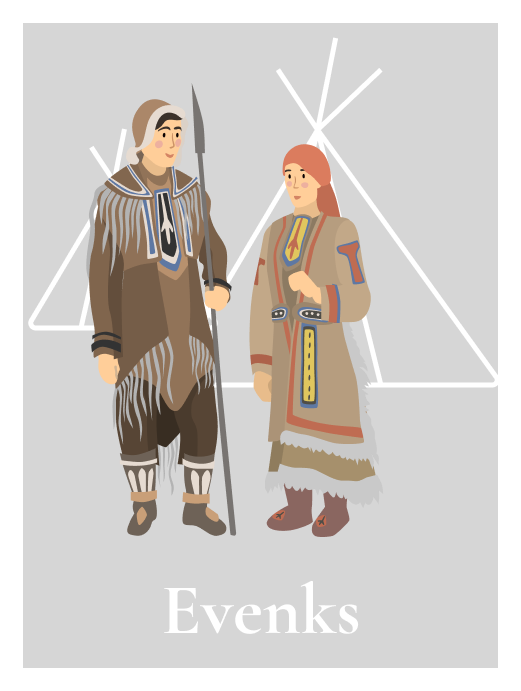
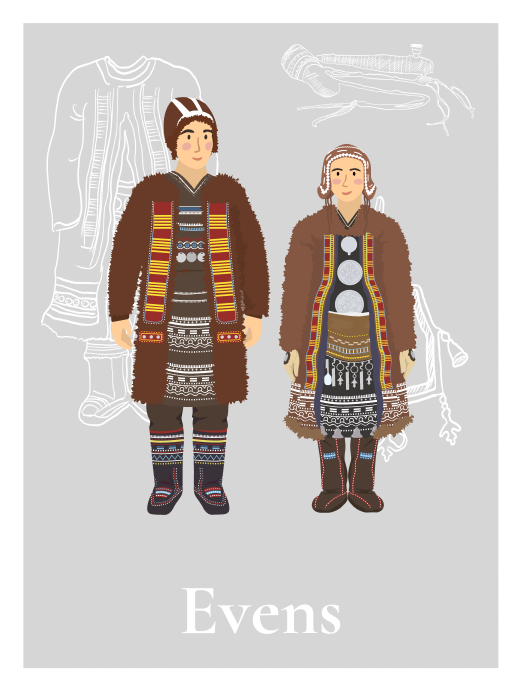
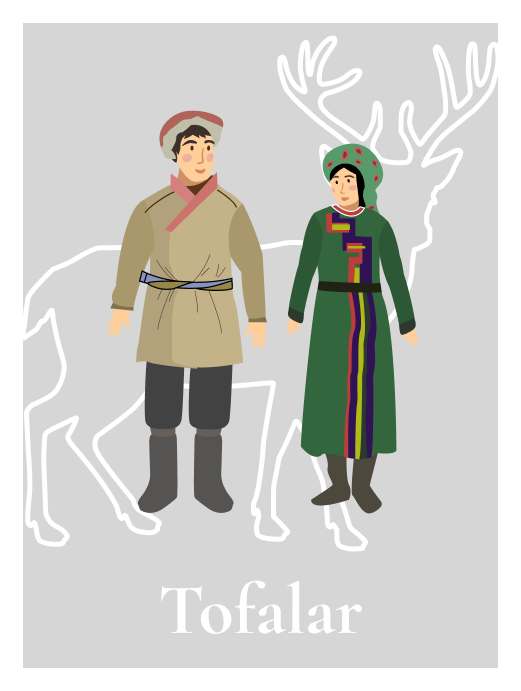
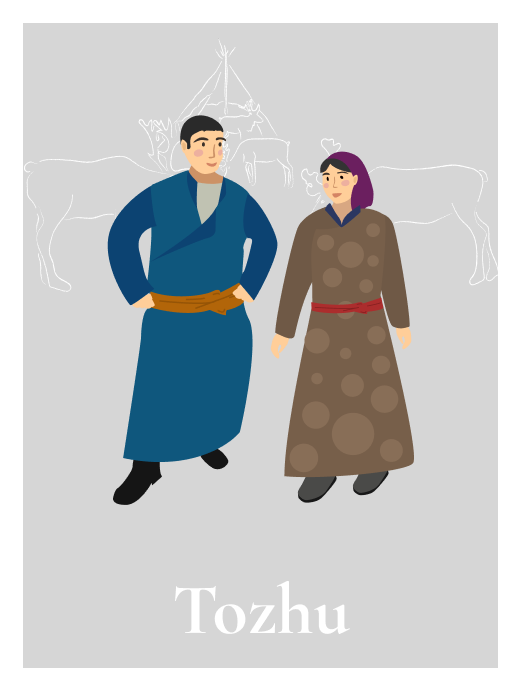
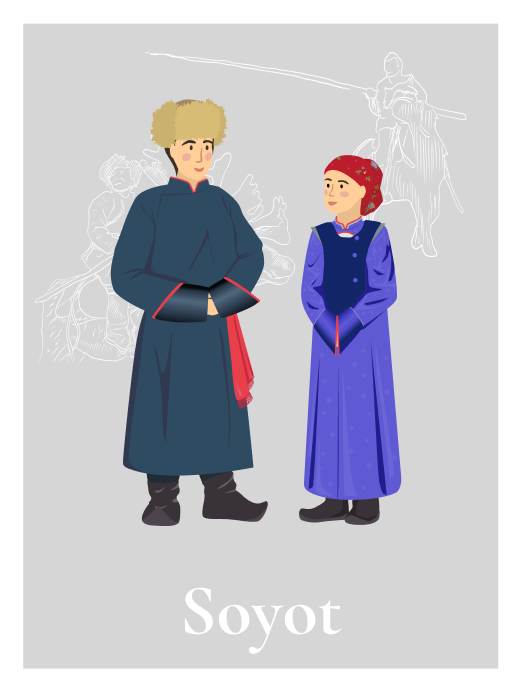
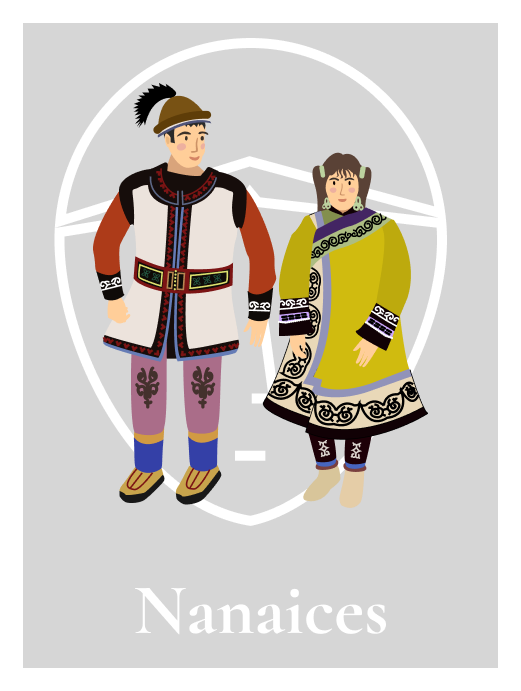
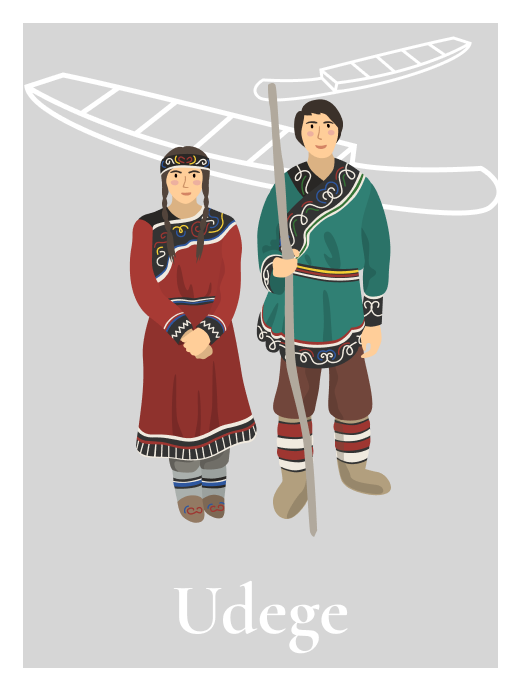

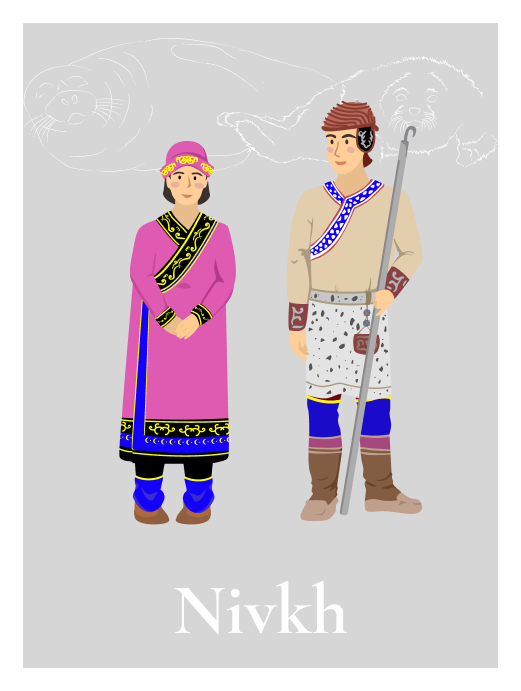
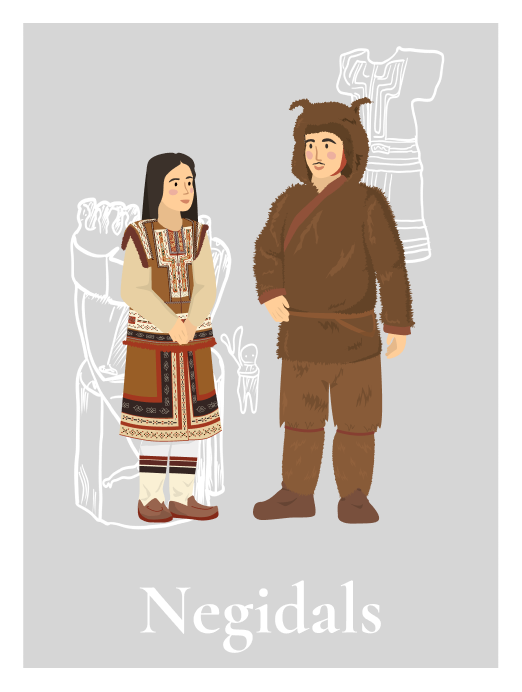
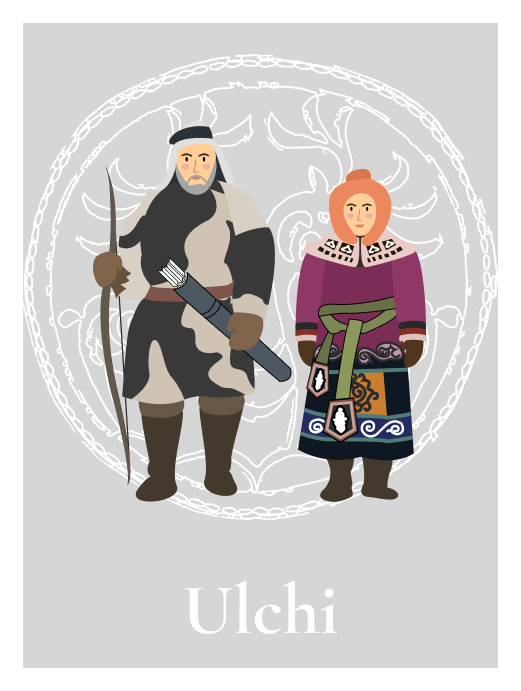


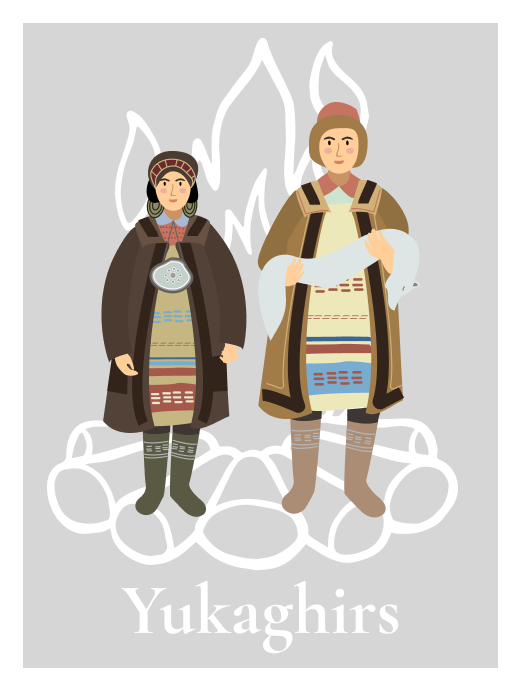
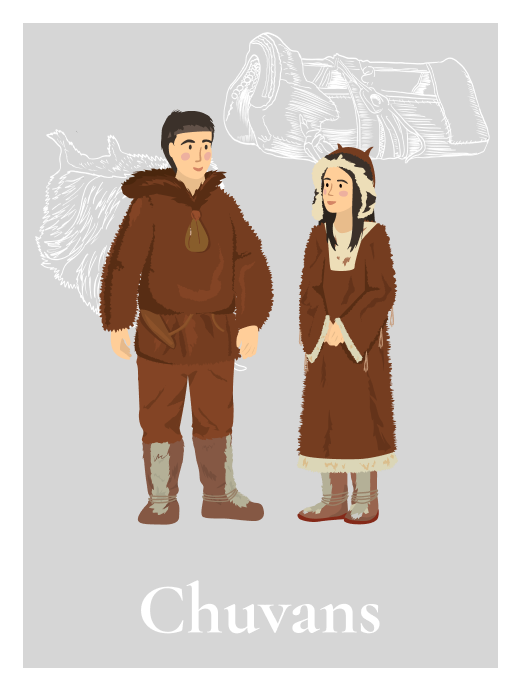
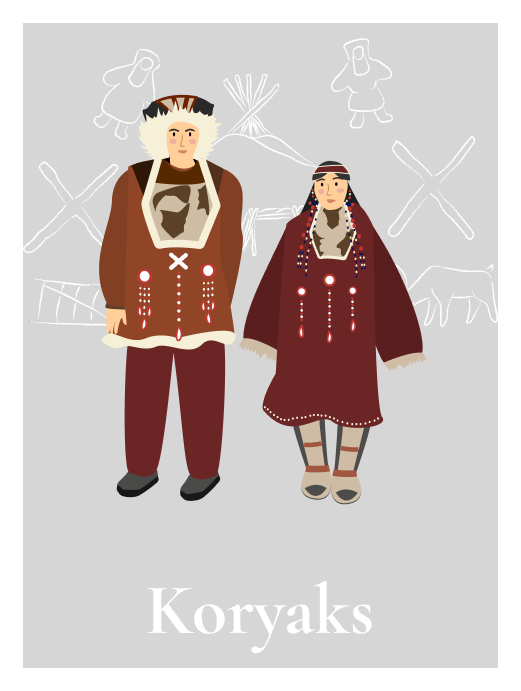

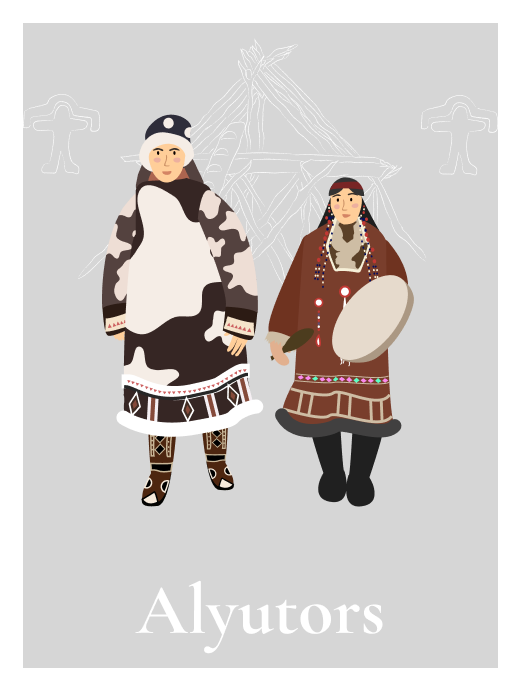


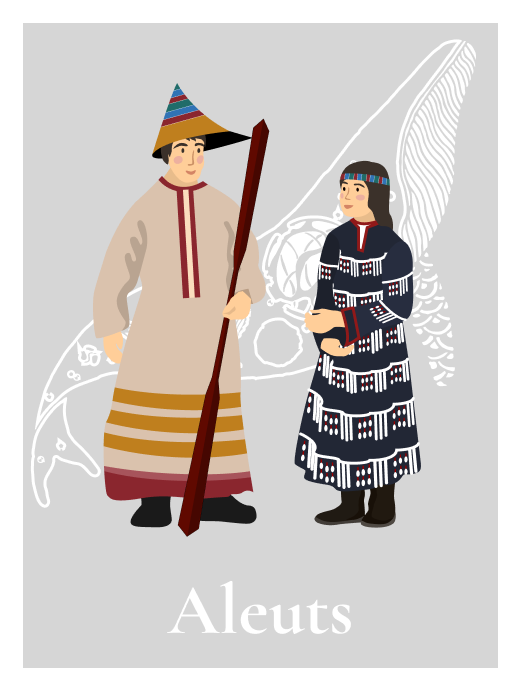

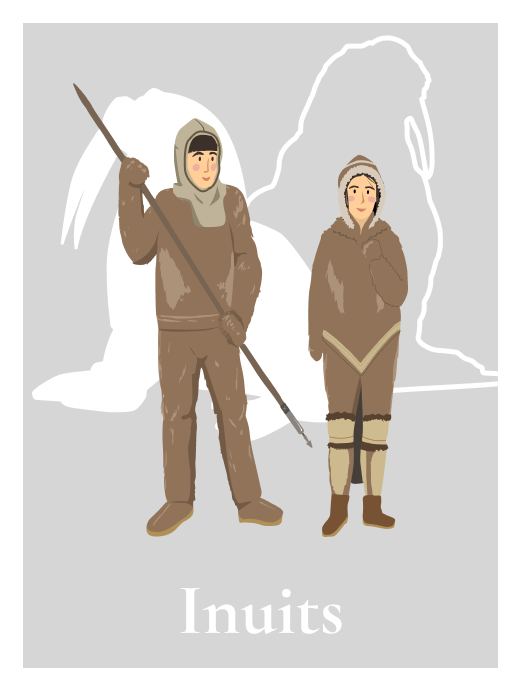
One widespread hypothesis claims that the ethnonym “Yukaghir” derives from Even words “yuke” meaning “cold” or “yoke” meaning “remote” that, together with the suffix “ghir” (“people”/”tribe”) are translated as “a remote tribe” / “people of a cold land.”
Radical economic reforms of the 1990s plunged agriculture in the Verkhnekolymsk district into a protracted crisis. Rapid and unprepared transition to market economy produced an uncontrolled spike in prices of fuel, equipment, food, clothes; communication systems and sales strategies for local artisans, hunters and fishermen and support systems for fragile northern economic sectors were destroyed.
Yukaghir traditional mythology was based on worshipping nature, on shamanism, hunting and fishing rituals. They believed the world to have three parts: the upper heavenly world, the middle earthly world, and the lower underworld. Each is populated by many spirits that periodically interact.